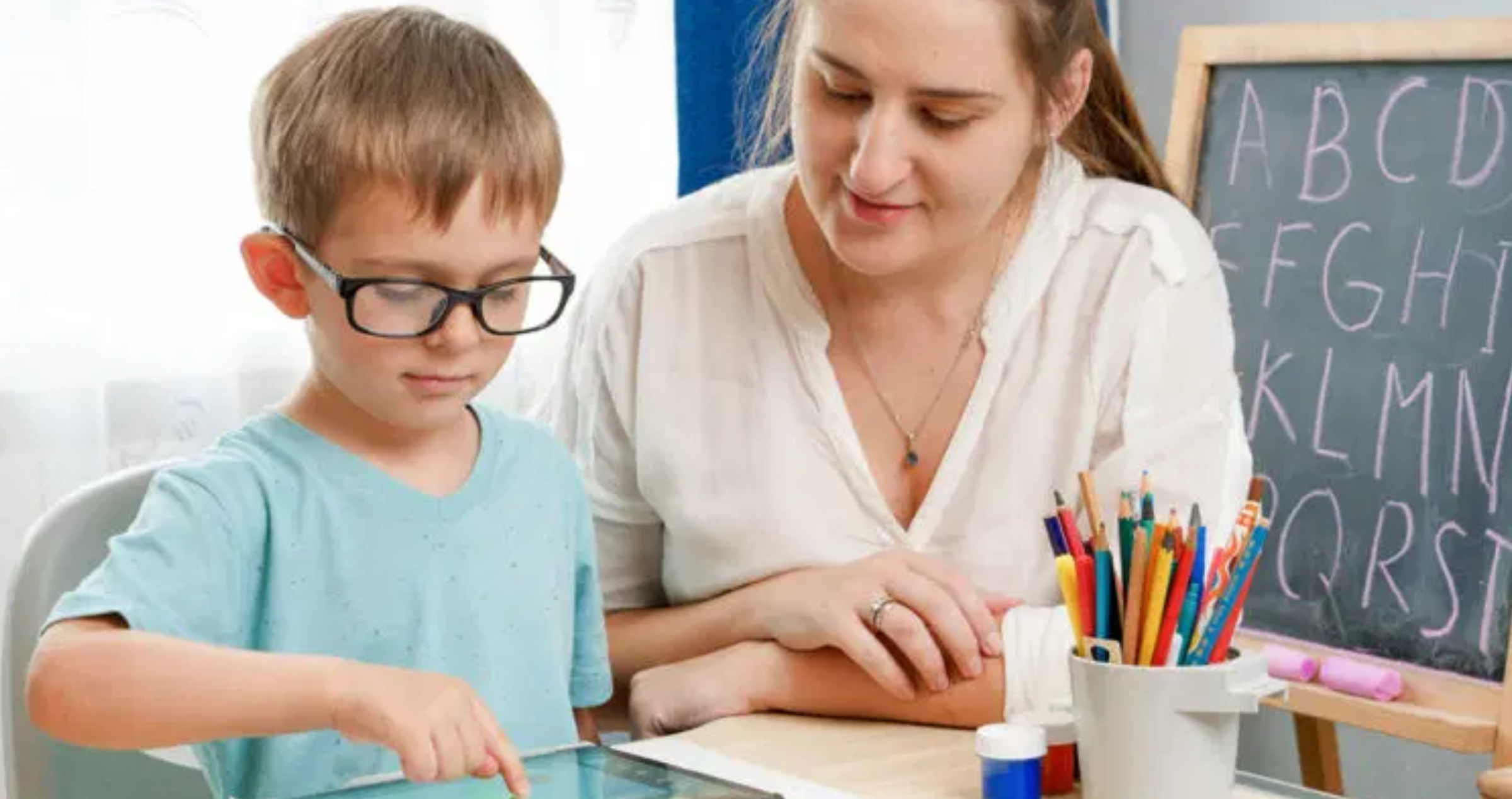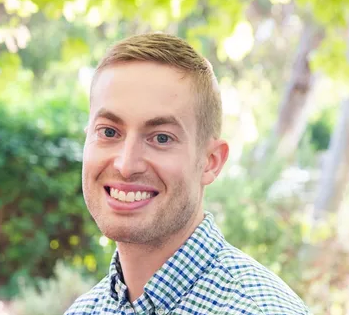Share
With the research landscape recognising the importance of understanding the psychosocial impacts of ocular conditions, it is time we heard from the individuals themselves about what it means to live with childhood glaucoma.

Despite these disease characteristics, there is a paucity of literature exploring the impact of childhood glaucoma on quality of life (QoL) in children and adults with the condition and their caregivers. Previous studies have relied largely on quantitative measures of QoL, which may not necessarily provide the detail required to understand the complexities of adapting to life with a rare, vision-threatening eye condition.
In agreement with the World Glaucoma Association Consensus on Childhood Glaucoma, further research is required to understand the psychosocial impact of childhood glaucoma.7
THE EXPERIENCE OF CHILDREN
As told by 18 children with glaucoma,1 growing up with a rare condition, particularly one that is more often associated with ageing, can be met with visual and nonvisual challenges. Childhood glaucoma may be associated with feeling different from fellow peers, cause anxiety associated with clinical tests, and worry for potential disease progression. It can further cause bothersome glare and photosensitivity, while frustration may be experienced when a dilated examination is required.
To offset these feelings, children often exhibited strong resilience inside and outside of the clinical setting, citing: “I’ve grown up with it. I’ve gotten used to it. I just don’t pay much attention to it now.” Some children considered that they were “friends” with their orthoptist or ophthalmologist, highlighting the value of creating a safe and welcoming space for children at their appointments. Parents’ use of positive reinforcement in clinical settings was also well accepted by children.
Meanwhile, outside of the clinical setting, teacher support and adaptive technologies were further valued, with children considering that their condition did not limit their daily activities.
There was, however, a distinct shift in interview responses from children as they entered adolescence. Some adolescents discussed that they felt anxious about becoming responsible for their care while others admitted to avoidant behaviours and expressed that they did not want to attend their appointments.
Questions about family planning, driving, and career choices were now at the forefront of their minds. This was termed the ‘implications shift’, whereby adolescents grappled with how their glaucoma and its medical management may impact on the regular pressures associated with transitioning to adulthood. This was unlike previous QoL studies in children with glaucoma, which instead hypothesised that children may experience better QoL as they got older and may develop better coping strategies over time8,9 a phenomenon referred to as the ‘response shift’.9 This called for further investigation of the influence of ageing on QoL.
THE EXPERIENCE OF ADULTS
The implications of childhood glaucoma on daily life, work, social, and family commitments were more intricately discussed among 45 adults.2
Almost half of adults interviewed were unable to drive a motor vehicle, which understandably caused some to feel that their independence was limited. Some adults discussed the need to conceal their condition within the workplace to avoid potential discrimination, while almost all adults interviewed discussed feeling misunderstood because they had a rare disease that “you can’t really talk to anyone about… because they don’t understand”.
Unlike the children interviewed, almost all adults discussed the impact of the condition on self-image, particularly where the individual had corneal opacification, buphthalmos, sensory strabismus, or vision impairment.
This was unlike studies of adult onset glaucoma, where lower self-image has been attributed to an increased fear of falling, rather than their physical appearance.10,11
The impact of childhood glaucoma on family commitments and family planning were further explored for the first time. Having reduced vision or being at risk of losing vision caused worry of not being able to fulfil parental duties for some, while others discussed the need to overcome feelings associated with possibly passing on a genetic variant associated with glaucoma. As one participant summarised: “I have been scared that I’ll, you know, pass on the weaker genetics of my eyes and also for a very long time I’m really scared… that I’d go blind before I’d even be able to look my child in the face.” Genetic testing and counselling was often sought to achieve peace of mind regarding the risk of offspring having glaucoma.
To cope with these potential impacts of childhood glaucoma, adult participants were quick to seek support from loved ones, build resilience and develop strong rapport with their consultant ophthalmologist. Few sought formal psychological support.
Conversely, maladaptive coping behaviours similar to those observed in adolescents, including treatment non-adherence and clinical nonattendance, were particularly observed among young adults aged 18 to <40 years.2
“Questions about family planning, driving and career choices were now at the forefront of their minds”
The exact driver for maladaptive behaviours in the adolescent and young adult cohort is not yet known. It has been proposed that these individuals may have alternate priorities, have negligible activity limitations, or are not able to grasp the chronicity or severity of their condition.12
Other reasons could revolve around difficulties associated with transitioning care from child to adult ophthalmic services, navigating a different healthcare setting without assistance of a parent or guardian, financial concerns or trouble establishing rapport with an unfamiliar ophthalmologist.
With this in mind, clinicians should take time to understand reasons for non-adherence and how patients judge their need for treatment, with consideration to other circumstantial stressors. Formal healthcare transition plans for adolescents entering adult ophthalmic services may also be required.
THE EXPERIENCE OF CAREGIVERS
“I have been scared that I’ll… pass on the weaker genetics of my eyes and… that I’d go blind before I’d even be able to look my child in the face”
The caregivers’ experience cannot be overlooked as they play an essential and ongoing role in their child’s ophthalmic care from the day of diagnosis. Because of this, caregivers of children with childhood glaucoma may experience a high caregiver burden.13 Caregivers have also been reported to have high rates of depressive symptoms, possibly associated with mourning the loss of the idealisation of parenthood.14
Among 35 caregivers interviewed,3 many often struggled in the child’s younger years to conceptualise their child’s diagnosis and understand what it meant for their child’s future. Instilling topical antiglaucoma medications further caused anguish at times, as caregivers perceived their child to be in pain, while anaesthetics and surgery caused notable anxiety.
During the child’s schooling years, caregivers were concerned about their child’s social and physical wellbeing and at times, adopted overprotective behaviours. Throughout the child’s adult years, some caregivers recounted the difficulties of ‘letting go’ of caring for their adult child, and were aware of the maladaptive coping behaviours that young adults may develop. This often led to some caregivers attending appointments with their adult child. Finally, some caregivers were concerned for their other or future children developing glaucoma, and as such, remained vigilant.
These challenges were overcome with support from their spouse or parents, the child’s medical team, geneticists and genetic counsellors, and online support groups, with one caregiver citing: “I think it definitely helps… reading someone else’s story gives you a feeling of, um, I guess that you’re not alone.” There was a conscious and constant effort from caregivers to normalise their child’s condition, promote their child’s resilience and autonomy, and celebrate their child’s ability to cope instead of viewing their child as vulnerable.
It was a key recommendation of the study that clinicians enquire about caregiver wellbeing, discuss community support and respite plans, and provide education. Clinicians should be mindful that caregiver wellbeing may vary depending on whether a caregiver is still conceptualising their child’s diagnosis, is yet to achieve normalisation, has difficulties letting go of their child’s care, or has limited social support.
Social worker involvement may be required to support the family, while clinicians can encourage caregivers to seek care from their own physician.
ENHANCING CLINICAL CARE
A long-term and family-centred perspective is needed in the care of individuals impacted by childhood glaucoma. There are many social, familial, and emotional factors to consider and certainly, there is no one-size-fits- all approach.
Although the childhood glaucoma community is largely resilient, clinicians need to take the time to understand and address their needs on a clinical and community level and to involve the expertise of other available supports where necessary. By doing this, we can aim to ensure that any individual impacted by this condition achieves the best possible clinical outcomes and optimum quality of life.
This article was republished courtesy of mivision.
References
1. Knight L.S.W., Ridge B., Staffieri S.E., et al., Quality of life in children with glaucoma: a qualitative interview study in Australia. BMJ Open. 2022;12(7):e062754.
2. Knight L.S.W., Ridge B., Staffieri S.E., et al., Quality of life in adults with childhood glaucoma: an interview study. Ophthalmol Glaucoma. 2022;5(3):325-336.
3. Knight L.S.W., Ridge B., Staffieri S.E., et al., The caregiver experience in childhood glaucoma: an interview study. Ophthalmol Glaucoma. 2022;5(5):531-543.
4. Beck A., Chang T.C.P., Freedman S., Definition, classification, differential diagnosis. In: Weinreb R.N., Grajewski A., Papadopoulos M., Grigg J., Freedman S., (ed.), Childhood Glaucoma. Amsterdam, The Netherlands: Kugler Publications; 2013:3-10.
5. Kong L., Fry M., Al-Samarraie M., et al., An update on progress and the changing epidemiology of causes of childhood blindness worldwide. J AAPOS. 2012;16(6):501-507.
6. Zagora S.L., Funnell C.L., Martin F.J., et al., Primary congenital glaucoma outcomes: lessons from 23 years of follow-up. Am J Ophthalmol. 2015;159(4):788-796.
7. Dada T., Rai J., Bali S.J., et al., Addendum – Patients, parents and providers as partners in managing childhood glaucoma. In: Weinreb R.N., Grajewski A., Papadopoulos M., Grigg J., Freedman S. (eds.), Childhood Glaucoma. Amsterdam, The Netherlands: Kugler Publications; 2013:249-254.
8. Dahlmann-Noor A., Tailor V., Bunce C., et al., Quality of life and functional vision in children with glaucoma. Ophthalmology. 2017;124(7):1048-1055.
9. Gothwal V.K., Seelam B., Mandal A.K., Quality of life following surgery for congenital glaucoma: findings of the LVPEI congenital glaucoma registry. Eye. 2019;33(4):659-667.
10. Béchetoille A., Arnould B., Bron A., et al., Measurement of health-related quality of life with glaucoma: validation of the Glau-QoL 36-item questionnaire. Acta Ophthalmol. 2008;86(1):71-80.
11. Chan E.W., Chiang P.P.C., Liao J., et al., Glaucoma and associated visual acuity and field loss significantly affect glaucoma-specific psychosocial functioning. Ophthalmology. 2015;122(3):494-501.
12. Gupta V., Dutta P., Ov M., et al., Effect of glaucoma on the quality of life of young patients. Invest Ophthalmol Vis Sci. 2011;52(11):8433-8437.
13. Dada T., Aggarwal A., Bali S.J., et al., Caregiver burden assessment in primary congenital glaucoma. Eur J Ophthalmol. 2013;23(3):324-328.
14. da Silva A.O., Rolim-de-Moura C., Botelho N.L.P., Gracitelli C.P., Ferraz N.N., Psychosocial indicators of primary congenital glaucoma and filtering surgeries impacts on children and family’s quality of life. Eur J Ophthalmol. 2022;32(4):1997-2004.



